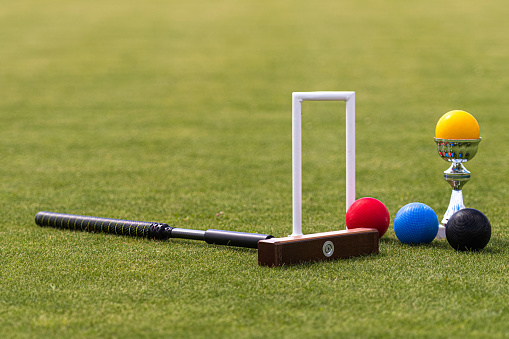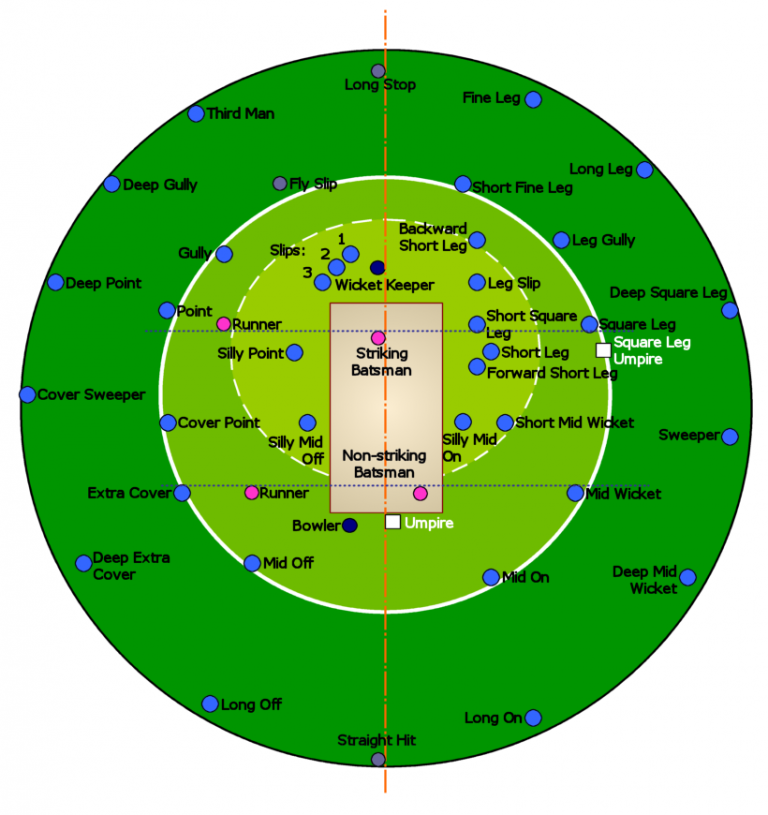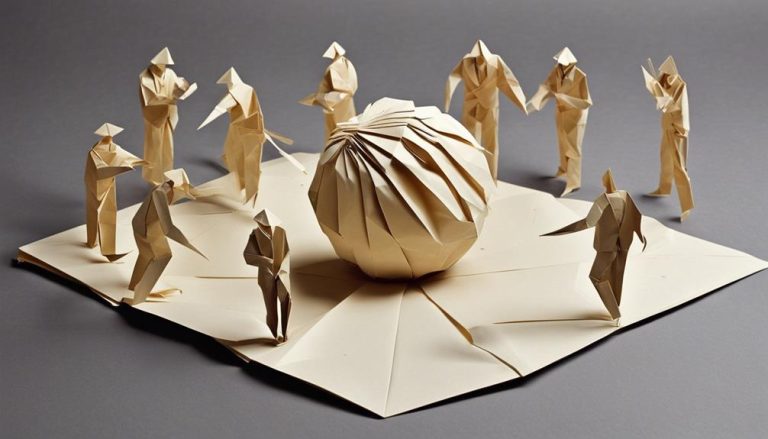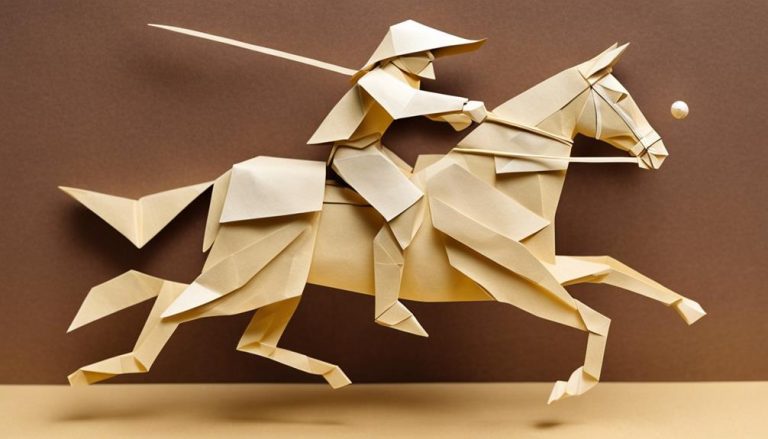General Rules of Show Jumping
Did you know that the average height of a show jumping fence is around 3.9 feet? Imagine the thrill of navigating your horse over such obstacles with precision and grace. As you prepare for your next competition, it's crucial to understand the general rules that govern this sport. From attire regulations to scoring systems, each aspect plays a vital role in ensuring fair play and safety for both horse and rider. So, let's explore the intricate details that make show jumping a captivating and challenging equestrian discipline.
Course Design
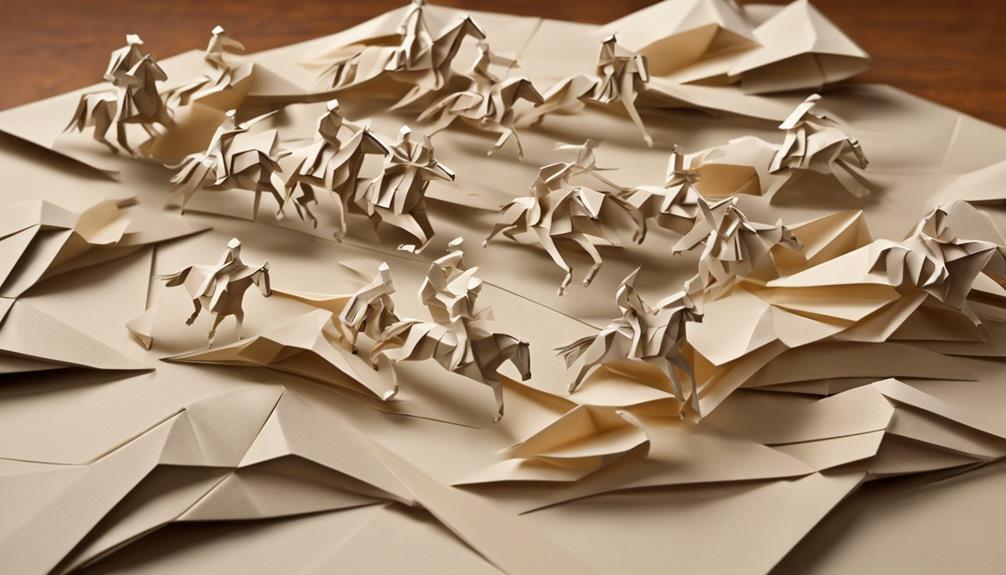
When designing a show jumping course, envision the perfect blend of challenge and flow to test both horse and rider. Jumping techniques are crucial to consider – the course should include a variety of jumps that require different skills. From verticals to oxers, each jump demands precision and technique from both the horse and rider. Measuring distances between jumps is an art form; it requires a keen eye and understanding of your horse's stride length. The spacing between jumps can make or break a round, affecting the rhythm and momentum needed to tackle the course successfully.
Rider positioning is another key element in course design. The layout should challenge riders to adjust their position and balance accordingly. Analyzing the course is essential before entering the arena. Look at the turns, the striding between jumps, and any related challenges. Visualize your ride, plan your approach, and anticipate how to navigate through the course seamlessly.
Creating a show jumping course is like composing a symphony – each jump a note that harmonizes with the next. The thrill of flying over obstacles, the bond between horse and rider, the freedom felt with each jump – that's the essence of show jumping. Embrace the challenge, trust your training, and let the course guide you towards liberation.
Fault Penalties
Alright, let's talk about Fault Penalties in show jumping. Understanding the different types of faults and corresponding penalty points is crucial for any rider. By mastering these nuances, you can navigate the course strategically and aim for a flawless performance.
Fault Types
Understanding the fault types in show jumping is crucial for any rider aiming to excel in the sport. Rider errors can lead to faults, but sometimes judge discretion plays a role in determining fault as well. As you navigate the course, your tactics are essential in avoiding penalties. The difficulty of the course can also impact the type of faults that may occur. By familiarizing yourself with the various fault types, you empower yourself to anticipate challenges and strategize effectively. Embrace the opportunity to learn from each fault, grow stronger, and refine your skills. Show jumping is a dynamic sport that rewards adaptability and determination. Rise above the faults, and strive for excellence in every ride.
Penalty Points
To excel in show jumping, mastering the art of penalty points is essential for any rider passionate about the sport. Understanding how penalty points are incurred can make all the difference in your performance. Here are some key points to consider:
- Jumping Technique: Focus on refining your jumping technique to minimize faults.
- Rider Position: Ensure your position is balanced and aids your horse in clearing the jumps efficiently.
- Strategic Planning: Plan your approach to each jump carefully, taking into account the course's unique challenges.
- Pace Control: Maintain a steady pace throughout the course to avoid unnecessary faults and penalties.
Time Allowances

Now, let's talk about the crucial aspect of time allowances in show jumping. You must understand the significance of time penalties and the concept of the optimum time. Time plays a vital role in your performance, so mastering these factors is key to achieving success in the arena.
Time Penalties
When aiming for a successful show jumping round, being mindful of time penalties, also known as time allowances, is crucial for achieving a competitive performance. To excel in this aspect of the sport, consider the following:
- Strategic Riding: Plan your course to maintain a balance between speed and accuracy.
- Efficient Turns: Optimize your turns to shave off valuable seconds without sacrificing precision.
- Consistent Pace: Maintain a steady pace throughout the course to avoid unnecessary time penalties.
- Awareness of Time: Be constantly aware of the time to adjust your riding strategy accordingly.
Optimum Time
Paying close attention to the optimum time set for a show jumping round is imperative for maximizing your performance and avoiding penalties. To excel in this aspect, develop an optimum time strategy that aligns with your training techniques. Efficiently navigating the course while staying within the designated time frame requires focus and precision. Utilize competition tactics such as pacing yourself strategically and planning your route carefully. Effective rider communication with your horse is key; clear cues and a strong connection aid in maintaining the desired speed. Remember, mastering the optimum time not only showcases your skills but also ensures a successful round. Stay in sync with the clock and conquer each jump with finesse.
| Optimum Time Strategy | Training Techniques | Competition Tactics |
|---|---|---|
| Prioritize efficiency | Practice transitions | Pace strategically |
| Set clear goals | Improve speed | Plan your route |
| Focus on precision | Enhance agility | Monitor your time |
Knockdowns
Riding a course with precision and accuracy is crucial to avoid knockdowns in show jumping. Knockdowns occur when a horse and rider combination hit a fence, causing it to fall. To prevent knockdowns and improve your performance, follow these essential tips:
- Balance and Position: Maintaining a strong, balanced position throughout the course is vital. Practice two-point position and ensure your weight is distributed evenly to help your horse jump cleanly.
- Grid Work: Incorporate grid work into your training routine. Grid exercises can help improve your horse's technique and make them more careful over jumps, reducing the risk of knockdowns.
- Proper Jumping Form: Focus on your horse's jumping form. Ensure they are using their body correctly over jumps, lifting their legs up high to clear the obstacles safely.
- Regular Course Riding: Practice riding full courses regularly. This will help you and your horse become familiar with different types of jumps and combinations, reducing the chances of errors that can lead to knockdowns.
Refusals

You're at a crucial moment in the course when your horse refuses a jump. Stay calm, regain control, and focus on your next move. Learning how to handle refusals effectively can make all the difference in your performance.
Dealing With Refusals
When a horse refuses a jump, it's crucial to remain calm and assertive in your response. Dealing with refusals is a fundamental aspect of show jumping that requires effective rider communication and positive reinforcement. Here are four key strategies to help you handle refusals confidently:
- Stay Calm: Keep a cool head to reassure your horse and maintain focus.
- Encourage Forward Movement: Use your aids to encourage your horse to move forward towards the jump.
- Provide Positive Reinforcement: Reward your horse for trying, even if they didn't clear the jump.
- Analyzing the Situation: Assess why the refusal occurred to address any underlying issues and improve for next time.
Preventing Refusals
To prevent refusals in show jumping, it is essential to establish a strong and trusting partnership with your horse through consistent training and positive reinforcement. Rider confidence plays a crucial role in ensuring a smooth and successful ride. By implementing effective training techniques and building your confidence in both yourself and your horse, you can tackle any jump with ease. Additionally, proper horse preparation is key to avoiding refusals. Make sure your horse is physically and mentally ready for the challenges ahead. Incorporating a variety of jumping exercises into your training routine will help keep your horse engaged and focused during competitions. Together, with a confident rider and a well-prepared horse, you can conquer any course that comes your way.
| Rider Confidence | Training Techniques |
|---|---|
| Believe in yourself | Consistent practice |
| Trust your horse | Positive reinforcement |
| Visualize success | Gridwork drills |
| Stay calm and focused | Course walkthroughs |
Disqualifications
Disqualifications in show jumping can be a heart-wrenching outcome for riders and their horses who have dedicated time and effort to compete at their best. It's crucial to understand the reasons that may lead to disqualification to ensure fair play and safety for all participants. Here are some key points to consider:
- Rider Behavior: Maintaining sportsmanship and respect for fellow competitors and officials is paramount. Any aggressive behavior towards the horse, other riders, or show officials can lead to disqualification.
- Jumping Technique: Proper jumping technique is not just about clearing the obstacles but also ensuring the horse's well-being. Rough handling, overusing spurs or crop, or forcing the horse over the jumps can result in disqualification.
- Course Violations: Deviating from the designated course or missing a jump can lead to immediate disqualification. It's essential to follow the prescribed route to maintain the integrity of the competition.
- Equipment Infractions: Using prohibited equipment or failing to comply with safety regulations regarding tack and attire can result in disqualification. Always double-check your gear before entering the arena to avoid any equipment-related issues.
Attire Regulations

Ensuring that your attire adheres to the strict regulations set forth in show jumping is essential for maintaining a professional and competitive environment. The dress code in show jumping is not just about tradition; it also plays a crucial role in ensuring safety and functionality. While adhering to these regulations, you can still express your personal style and stay on-trend with the latest fashion in equestrian sport.
When it comes to attire regulations, safety gear is paramount. Investing in high-quality helmets from reputable brands like Charles Owen or Samshield is non-negotiable. Your helmet should fit properly and be ASTM/SEI certified for maximum protection. Additionally, wearing appropriate footwear with a heel and smooth sole is essential for both safety and functionality in the stirrups.
Fashion trends in show jumping often involve classic and elegant styles. Tailored show coats, well-fitted breeches, and polished boots are staples in the show ring. Opt for neutral colors that complement your horse's coat while still making a statement with subtle details like piping or embroidery.
Equipment Rules
When it comes to participating in show jumping, understanding and abiding by the equipment rules is crucial for both your safety and success in the arena. As a rider, ensuring that your gear meets safety standards and is well-maintained is paramount. Here are four essential points to consider:
- Safety Standards: Always prioritize safety when selecting your equipment. Ensure that your helmet meets approved safety standards and is in good condition. Additionally, regularly check your stirrups, girths, and reins for any signs of wear and tear.
- Proper Fit: Properly fitting equipment is not only crucial for your comfort but also for your horse's well-being. Your saddle should fit both you and your horse correctly to prevent discomfort and potential injuries. Pay close attention to the fit of your bridle, ensuring it is neither too tight nor too loose.
- Saddle Pads: The right saddle pad can make a significant difference in your horse's performance and comfort. Choose a pad that provides adequate cushioning and helps prevent saddle slippage. Make sure the pad is clean and free of any debris that could cause irritation.
- Equipment Maintenance: Regularly inspect and maintain your equipment to prolong its lifespan and ensure optimal performance. Clean your tack after each use, store it properly, and have it checked by a professional regularly to address any issues promptly.
Scoring System
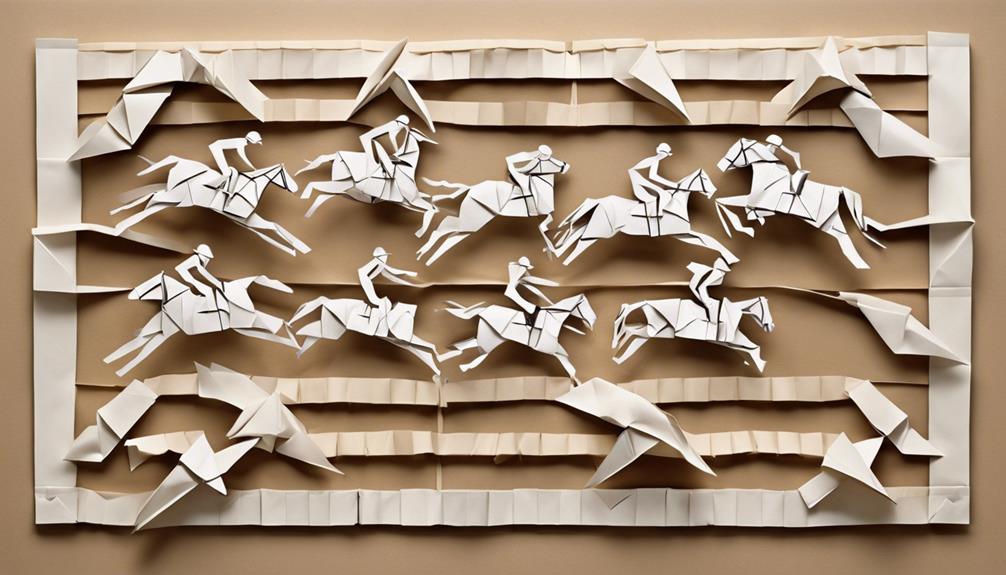
Understanding the intricacies of the scoring system in show jumping can greatly impact your performance and overall success in competitions. In show jumping, the scoring system is designed to evaluate your performance based on various factors such as jump height, time limits, rider penalties, and overall accuracy. Let's delve into the key components of the scoring system:
| Aspect | Description |
|---|---|
| Jump Height | The height of the jumps you successfully clear. |
| Time Limits | Staying within the allocated time for the course. |
| Rider Penalties | Penalties incurred for faults like refusals or poles. |
When it comes to scoring, each successful jump gains you points, while faults and penalties deduct from your score. Jump height plays a crucial role as higher jumps score more points, reflecting the difficulty level of the course. Time limits are also crucial, as exceeding the allowed time results in penalties that can affect your final score.
Understanding the scoring system allows you to strategize effectively during your ride, aiming for a balance between speed, accuracy, and precision. By mastering the scoring system, you can enhance your performance and increase your chances of success in show jumping competitions.
Ground Jury Regulations
Now, let's explore the critical regulations set by the Ground Jury that play a pivotal role in maintaining fairness and safety in show jumping competitions. The Ground Jury in show jumping is responsible for upholding the integrity of the sport and ensuring that all competitors are judged fairly and in accordance with the rules. Here are four key aspects of Ground Jury regulations:
- Ground Jury Qualifications: The Ground Jury members must possess a deep understanding of the sport, impeccable judgment skills, and a keen eye for detail. Their qualifications ensure that they are capable of making unbiased decisions that uphold the standards of show jumping.
- Judging Standards: The Ground Jury establishes the criteria by which performances are evaluated. They must adhere to strict judging standards to ensure consistency and accuracy in scoring. This consistency is crucial for maintaining the credibility of the competition.
- Fair Play: Upholding fair play is paramount in show jumping. The Ground Jury ensures that all competitors are given equal opportunities and that no one gains an unfair advantage. Their role in enforcing fair play principles contributes to the overall sportsmanship of the event.
- Sportsmanship Principles: The Ground Jury promotes sportsmanship among competitors by enforcing rules that discourage unsportsmanlike conduct. Their presence reinforces the values of respect, integrity, and honor within the show jumping community, fostering a positive and supportive environment for all participants.
Frequently Asked Questions
Can Horses of All Breeds Participate in Show Jumping Competitions?
Yes, horses of all breeds can participate in show jumping competitions. Embrace the breed diversity and witness the equine capabilities shine. Explore different training programs to enhance your horse's skills and meet competition standards with passion.
Are There Weight Restrictions for Riders in Show Jumping Events?
Oh, you'll love this one! Weight restrictions in show jumping? Of course not, we want you flying high without a care in the world! Safety measures? Pfft, just hold tight and enjoy the ride!
How Often Should Horses Be Trained for Show Jumping Competitions?
To be competition-ready in show jumping, aim to train your horse consistently. For optimal performance, schedule sessions at least 3-5 times per week. Tailor training frequency to your horse's needs, ensuring they are prepared for the challenges ahead.
Are There Any Age Limitations for Horses Competing in Show Jumping?
When it comes to age limitations in show jumping, it's essential to check the specific rules of each competition. Some events may have restrictions based on the horse's age or breed, so always verify beforehand.
How Are Show Jumping Competitions Scheduled Throughout the Year?
In the world of show jumping, seasonal scheduling is like a dance, with international circuits setting the stage for thrilling competitions year-round. Plan your calendar wisely, and immerse yourself in the exhilarating world of equestrian sport.

